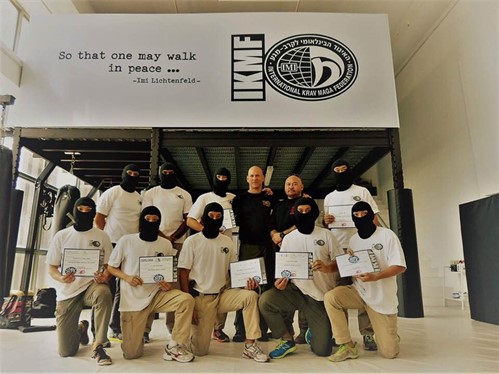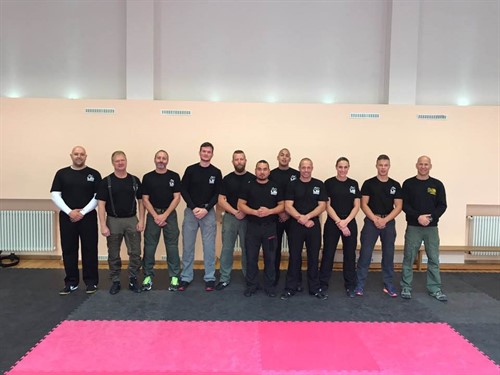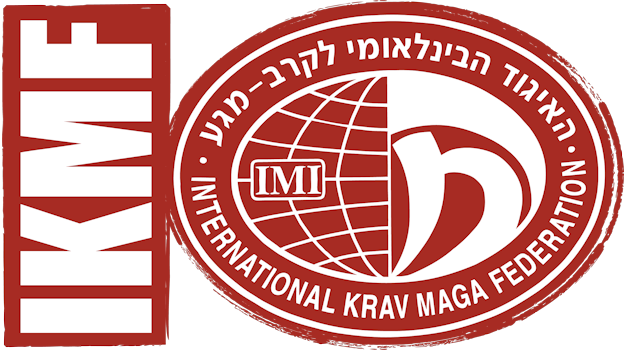The Law Enforcement personnel's job is literally - to enforce the Law. While a soldier has the authority to kill, a civilian should protect only himself and a 3rd party protector is responsible for guarding his client; a Law Enforcer protects the Law.
Krav Maga is a flexible tool, and it can be modified to fit each country's set of laws. In democratic countries a Law Enforcer is presented with a problem - he must enforce the law and protect the civilians, whilst using a restraint amount of force. This is done with classifying violence into levels of threats: from the highest level (Firearms), through the moderate levels (knives and Shocker), and to the lower levels (Krav Maga empty-handed combat and voice control).
The law does not permit the law enforcer to harm civilians (without reason) and so he finds that sometimes Krav Maga is the only weapon he can use. For instance, when arresting a person and his spouse is angry or frustrated and is trying to resist her husband's arrest, the law enforcer cannot use excessive force. Krav Maga techniques and tactics can help him protect himself and his partners while fulfilling his mission.
Since Law Enforcers are equipped with specific tools and weapons, Law Enforcement Krav Maga teaches them how to maximize the efficiency of these tools to fulfill their mission in the best way possible. (i.e. learn how to use handcuffs efficiently, learn how to use your pistol as a cold weapon, when you don't want or you cannot fire).
Law Enforcement Krav Maga provides the trainee with techniques for controlling your opponent, rather than killing him, or retreating without harm. Law Enforcement organizations prefer to teach Krav Maga, because it grants their trainees four important elements:
- The ability to operate under great stress. Krav Maga allows the law enforcer to continue operating even under extremely unusual and complicated situations (like the Military Krav Maga).
- Granting the law enforcer tools for using force that allows him to complete his mission (arrest, escort, search and control).
- Training in a short period of time – in accordance with the fast recruiting process.
- The ability of modifying the techniques to fit each country's set of laws.
IKMF Paraguay Law Enforcement Instructor Course

IKMF Greece Law Enforcement Instructor Course

IKMF Singapore SWAT Law Enforcement Course

IKMF Germany Law Enforcement Instructor Course

